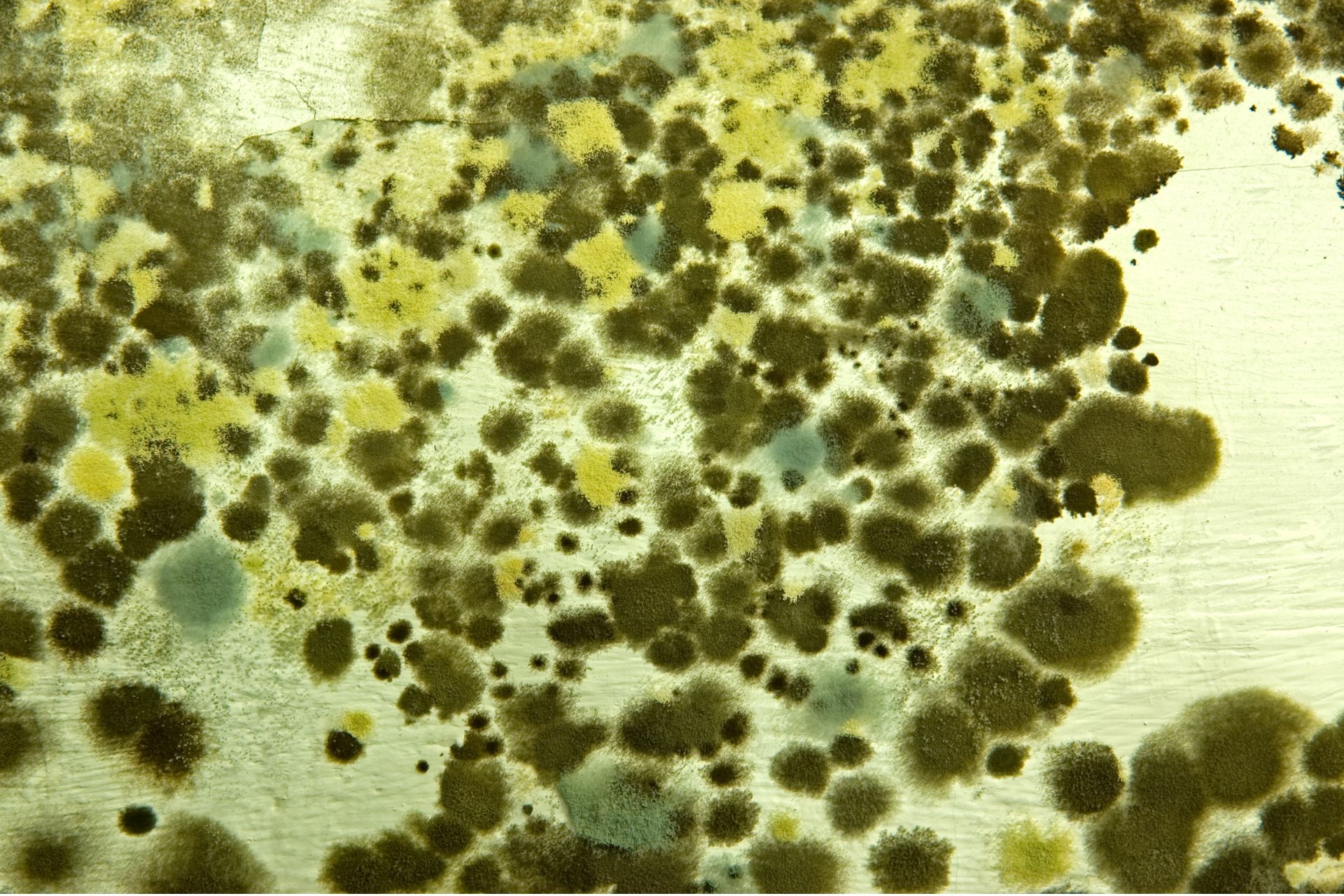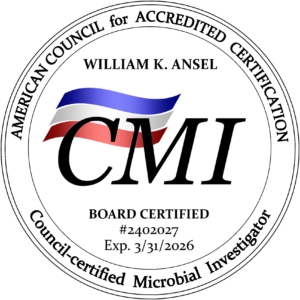Post Remediation
The option is also known as a clearance inspection or verification inspection, and is conducted after mold remediation to ensure that the remediation process was successful and that the affected area is now free of mold contamination.
Verification of Remediation: The inspector will visually assess the remediated area to ensure that no visible mold growth is present and that the area appears clean and dry.
Air and Surface Sampling: In addition to visual inspection, post-remediation mold inspections may involve air and surface sampling to test for the presence of mold spores. Air sampling can detect airborne mold spores that may indicate ongoing mold contamination, while surface sampling can assess the cleanliness of surfaces and confirm the absence of mold growth.
Testing for Moisture: Since moisture is the primary factor contributing to mold growth, post-remediation inspections use moisture meters and thermal imaging cameras to identify any areas of elevated moisture that could indicate ongoing moisture problems and potential mold recurrence.
Documentation and Reporting: After completing the inspection, the inspector will provide a detailed report documenting their findings and observations. The report will typically include descriptions of the remediated area, any remaining issues or concerns, and recommendations for additional remediation or preventive measures if necessary.
Clearance Certification: If the inspection confirms that the remediation was successful and that the affected area is now free of mold contamination, the inspector may issue a clearance certification or clearance letter. This document serves as official confirmation that the remediation was completed according to industry standards and that the property is safe for occupancy.


